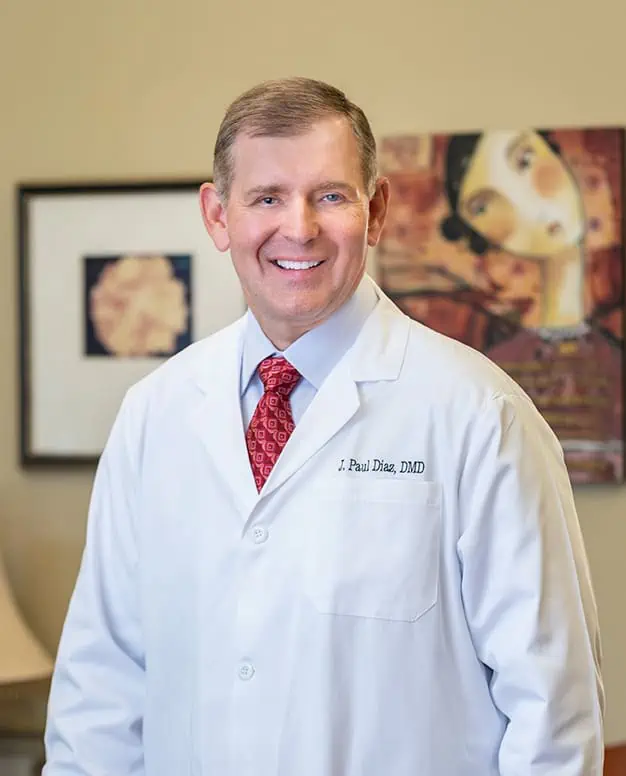
Added Sugars vs. Natural Sugars
There are actually two kinds of sugar in the foods and drinks we consume everyday. First, natural sugars are ones that are found naturally in foods. Usually this applies to fruits and veggies. The other type is added sugars. Added sugars are more harmful to our bodies and our teeth and are found in many of the foods we eat.
How Much Sugar Should We Have?
Like all things in nutrition, there are recommendations about how much added sugar we should have daily. While there is no hard-and-fast rule that applies to everyone, there are limits set forth by the American Heart Association (AHA).
- Men – 150 calories per day (or 9 teaspoons)
- Women – 100 calories per day (or 6 teaspoons)
Surprising Sugars
Some foods and drinks are obviously loaded with added sugars. Think about candy and soda. These main sugar culprits can pack up to nearly 20 teaspoons in one serving! That’s more than double the recommended limit for man and three times the limit for women. But when it comes to sugar, it’s not always so easy to spot. Here are some foods that contain a lot of sugar that may surprise you.
Dressings & Condiments
How harmful could a drizzle of salad dressing or a squirt of ketchup really be? The truth is, pretty harmful. Salad dressing can contain 1 teaspoon of sugar in each tablespoon. And if you’re fan of drenching your lettuce in the stuff, sugar intake can add up quickly. Same goes for common condiments like ketchup and BBQ sauce. One tablespoon of ketchup has 1 teaspoon of sugar in it and two tablespoons of BBQ sauce can have as much as 3 teaspoons of sugar.
Spaghetti Sauce
Even though spaghetti sauce is made out of tomatoes and contains some natural sugars as a result, it’s incredibly common for some types of sauce to also have added sugars. Certain canned sauces may have 3 teaspoons of added sugar per half a cup.
Protein and Granola Bars
These bars are usually considered healthy snacks that we can conveniently eat on the go. Some of them are truly healthy and can contain tons of beneficial protein. However, others can have tons of hidden sugar. Certain protein or granola bars can contain anywhere from 3 to 7 teaspoons of sugar per bar.
The next time you’re looking to cut back on the sugar, make sure to read the nutrition labels on foods and drinks, paying particular attention to serving size. If it helps to picture sugar content instead of reading it in grams, remember that one teaspoon is equal to 4.2 grams.
Part of what keeps smiles healthy is the food we choose to eat. Select options low in sugar and without added sugars to protect your pearly whites from decay and other dental disease. Also make sure to brush and floss regularly and see your dentist in Tuscaloosa twice a year.
At our Tuscaloosa dental office, we always love seeing new patients and helping them keep their smiles healthy for a lifetime. So if you’re looking for a new dentist or are new to the area, we welcome you to give us a call to schedule an appointment.

